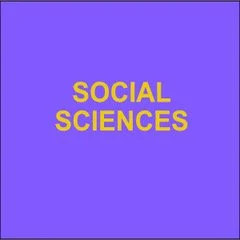By Lili Levi
On May 25, 2023, the Biden Administration released The U.S. National Strategy to Counter Antisemitism—America’s first national strategy of this kind. In early November 2023, the White House announced the establishment of the first-ever U.S. National Strategy to Counter Islamophobia. These historic commitments respond to increases in identity-based bias incidents and expression against Jews and Muslims. Antisemitic incidents, which were already rising even before the pandemic, increased by almost 400% since the start of the Israel-Hamas war. The war also triggered a sharp upturn in Islamophobic incidents in the U.S., including the shooting of three college students and the murder of a child. Although there has been fresh contestation in the U.S. over the Israeli-Palestinian conflict, this is also a particularly pressing moment for the effective implementation of the national strategies to combat antisemitism and Islamophobia here.
This Article focuses on The U.S. National Strategy to Counter Antisemitism (hereinafter National Strategy). The National Strategy laudably recognizes that rising antisemitism—linked, as it is, to white nationalism—poses risks not only to Jews, but to the nation and to democracy. The self-professed centrality of antisemitism to the broadly racist white nationalist goal of enhanced political power in the United States makes that clear. By recognizing this, the National Strategy implicitly highlights the risks posed both by those conservatives who downplay associations with antisemites and those progressives who discount antisemitism. In centering anti-antisemitism as a national goal, the National Strategy additionally makes three key contributions: (1) by focusing on antisemitism as a broad social challenge rather than principally a problem on college campuses; (2) by its recognition of the role of social media in disseminating and amplifying antisemitism; and (3) by emphasizing the need for more empirical research aimed at the idiosyncrasies and impacts of antisemitism.
To be sure, as the Article points out, some of the National Strategy’s recommendations to reverse the normalization of antisemitism—its specific proposals regarding social media, its slant on “speaking out” and public condemnation, and its reliance on voluntary corporate sanctions—could benefit from further consideration, refinement, and empirical study. Nevertheless, it would be regrettable for American democracy if some under-analyzed policy recommendations, partisan politics, or concerns about disagreements over the Middle East were to cause the White House’s important anti-antisemitism commitment for the U.S. to be discounted as mere political theater
78 University of Miami Law Review 745 (Spring, 2024) , 96p.



